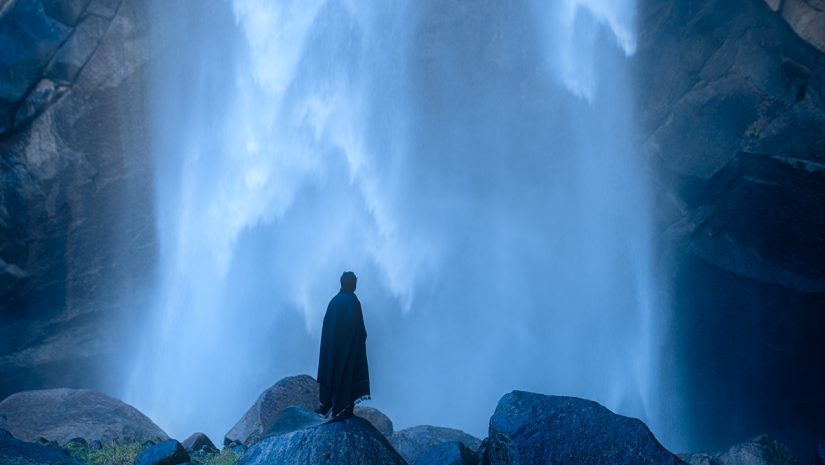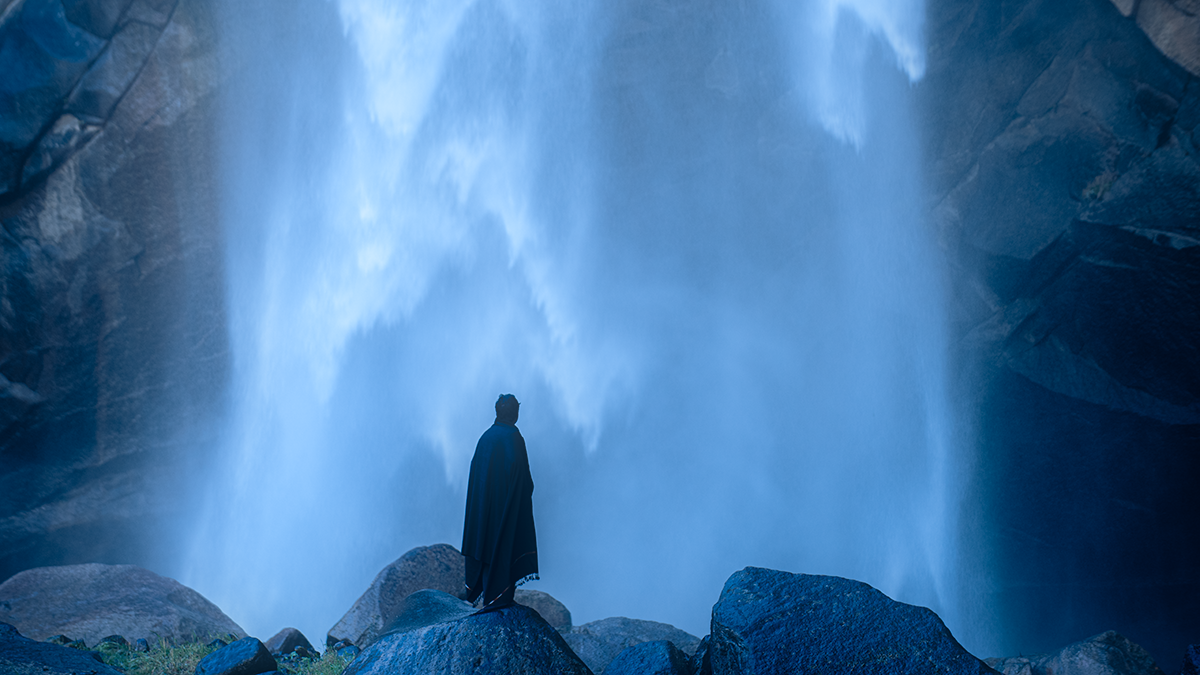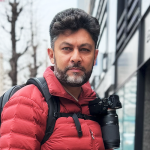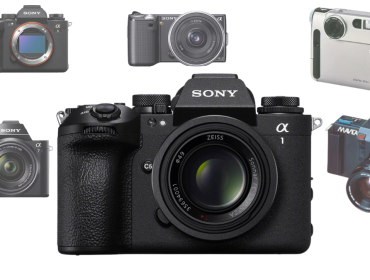If you are looking to take your photographic composition to the next level, consider using compositional anchors in your work. In the text below and the accompanying video, Muji guides us through some beautiful examples of this technique in his own work.
Traditional Rules of Composition vs. Compositional Anchors
In the realm of photographic composition, there are staid and recognized frameworks for organizing elements within a frame. When I embarked on my photography journey, I came across a wealth of articles and videos on essential compositional techniques highlighting the significance of the rule of thirds, the use of leading lines, the benefits of centering subjects, and the practical implementation of borders and frames as tools for enhancing visual appeal. Embracing these trusted guidelines greatly contributed to my development as a photographer. However, I soon discovered that following only these principles was not enough.
Compositional anchors are a more nuanced and impactful method to grab the viewer’s attention. Furthermore, photographers can integrate them with the established guidelines to enrich an image with clarity and balance: these are compositional anchors.
A compositional anchor is a photograph’s key element that captivates and guides one’s view through its prominence or unique characteristics. Unlike the subject, which serves as your composition’s focal point, an anchor functions as a foundation, creating stability and direction within the frame. Its color, shape, or placement often stands out, encouraging a deeper exploration of the image. It gently guides the observer’s gaze across the photograph, allowing the narrative to unfold harmoniously with the photographer’s artistic intent. A friend used to say that sometimes the subject is pegged firmly in the ground, but it often requires supporting struts and cables to strengthen its position, and those are our compositional anchors.
Before we dive into examples, I cannot emphasize enough that a photographer’s actual test lies in making a visually appealing composition with the subject as the primary focus, which may effectively be enhanced by establishing an anchor. This only comes with practice, no matter the genre of photography. The process can elevate your photos from casual snapshots to great images.
Under the Watchful Pagoda: Kyoto’s Quiet Charm
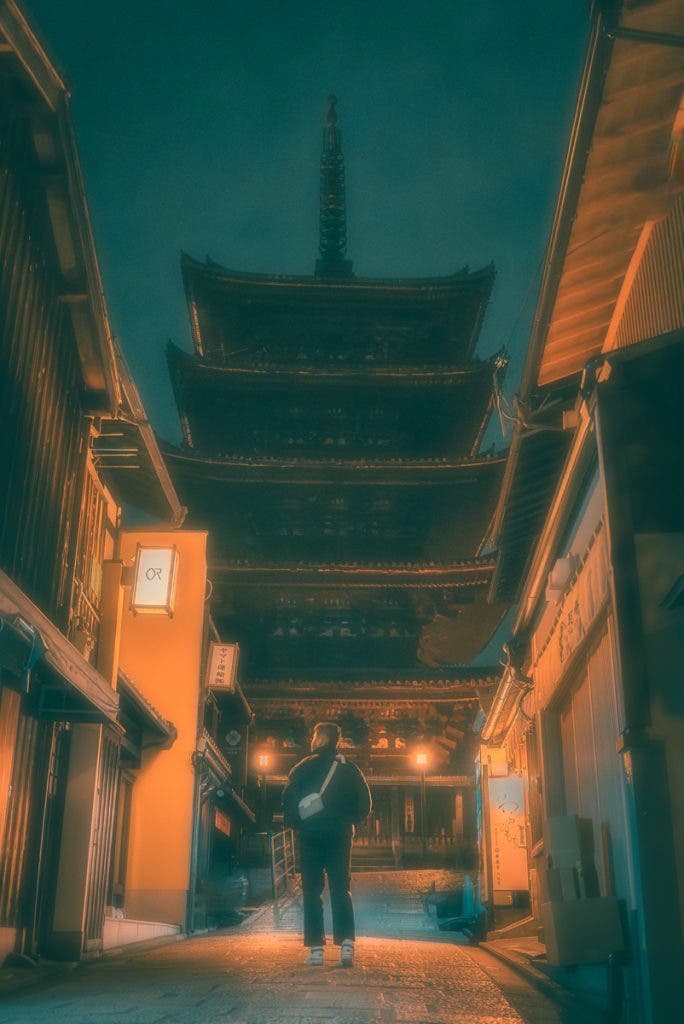
The primary subject of this intriguing image from Osaka, Japan, is the person standing in the alleyway. The central placement of the subject, its distinct silhouette, and the alley lead one into the composition. This image uses a combination of elements to create powerful compositional anchors. The most dominant anchor is the Yasaka Pagoda in the background.
Distinct Shape: Its towering, multi-tiered silhouette is immediately recognizable and creates a strong vertical presence that pulls the eye upwards and adds a historical/geographical context.
Implied Weight: Even though it’s nighttime, the pavilion’s sheer size and dark, solid form against the lighter sky give it immense visual weight, anchoring the entire upper half of the composition. The eye is naturally drawn to its formidable presence.
Edge of the World: A View From the Precipice

Sometimes, the subject is also the anchor. From the semi-desert region of Roggeveld, the subject of this image is the individual standing at the cliff’s edge. His vivid orange jacket contrasts sharply with the earthy colors of the surroundings, bright against the blue sky, capturing attention instantly. Because of his small stature in relation to the expansive landscape as the sole pop of bright color, the person serves as the subject and the key anchor, too.
Solitary Element: The sole human element in a scene makes him a point of focus in the expansive view of nature. Our eyes are naturally drawn to human figures and the significance of their presence there.
Strong shape and form: The cliff’s distinct shape acts as a powerful secondary anchor, lending context and location and contributing to mood.
Elegance in Every Thread: A Winter Portrait
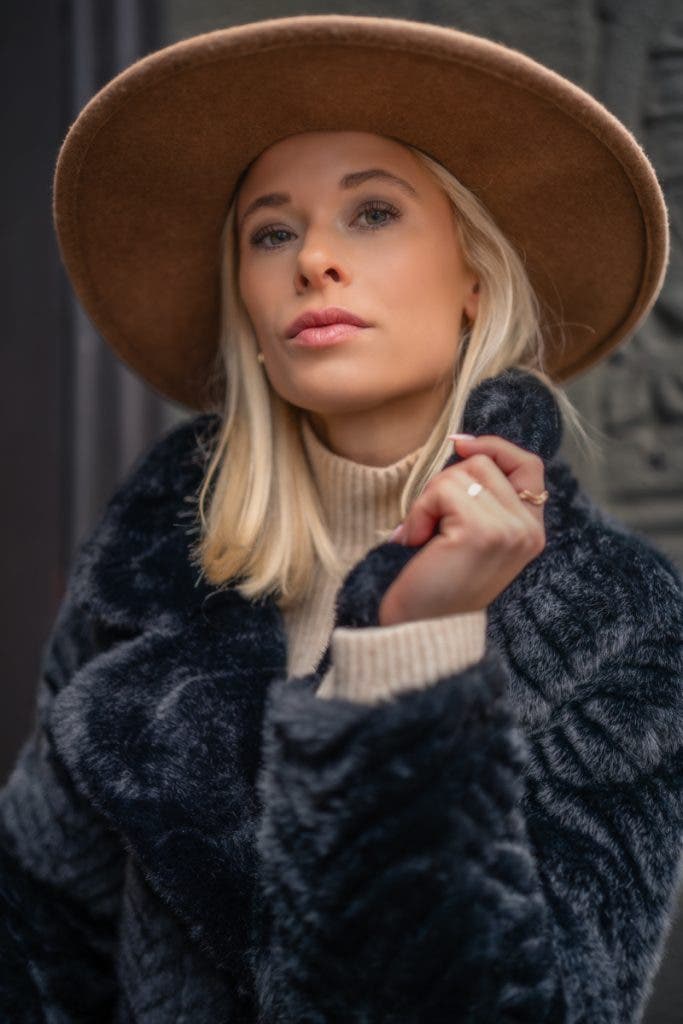
The photograph above prominently features the woman adorned in an elegant hat and a luxurious fur coat, making her the unmistakable focal point of the composition. The tight framing around her figure eliminates any distractions, while the shallow depth of field blurs the background, drawing the viewer’s eye exclusively to her captivating presence. The following are the compositional anchors of this image:
Point of Sharp Focus: While the model is the subject, her gaze is the primary anchor and draws you in. The eyes and face are kept in sharp focus, while a wider aperture blurs elements like the coat and parts of the hat. Our eyes are always instinctively drawn to the sharpest aspects of a photograph.
Area of High Contrast: The brighter tones of her skin, particularly around the eyes and lips, contrast with the darker shadows and softness of the fur coat, which act as a secondary anchor and a dramatic counterpoint, engaging our attention to the subject’s face.
Fish River Canyon, Namibia
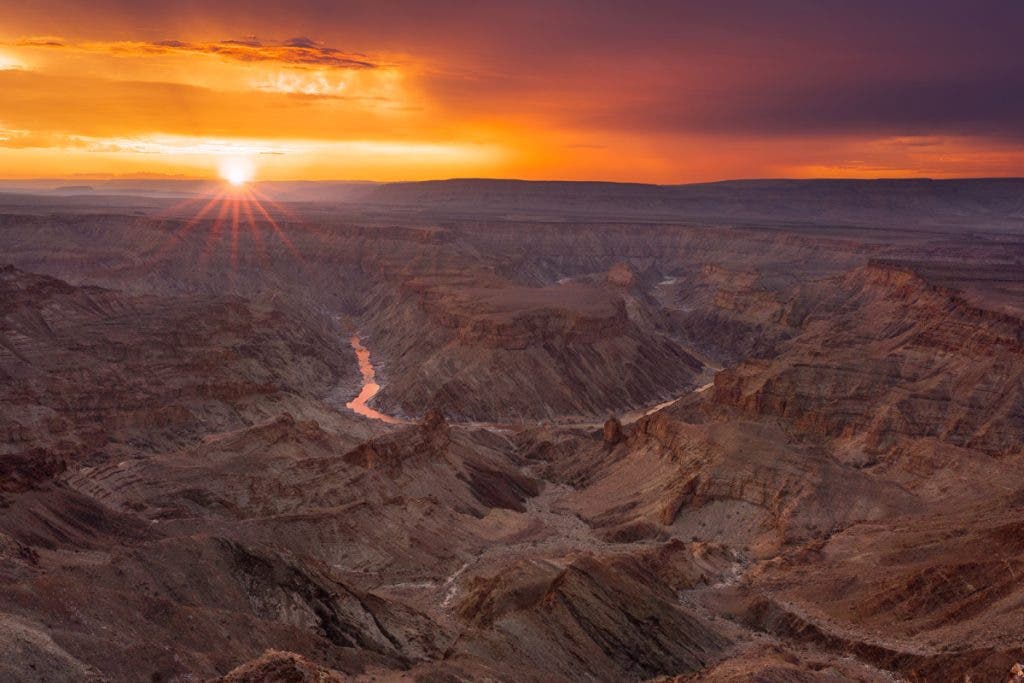
This photograph is of sunset over the immense and majestic Fish River Canyon, our subject. It conveys the monumental scale of the geological feature illuminated by the striking light of the setting sun. It has a few compositional anchors:
Burst of Colors and Light: The intensely bright sunburst and the radiant orange/yellow glow in the sky starkly contrast with the darker, shadowed canyon below. The brightest point in the frame instinctively draws our eyes, especially one that emits light. This is the primary visual magnet.
Lines: The winding river at the bottom of the canyon, catching the last light, acts as a strong secondary anchor.
Distinct Shapes / Implied Weight: The canyon’s walls and ridges are monumental forms, with their sharp edges and varying depths acting as broad, encompassing anchors.
Still Waters, Fiery Trees: Autumn’s Calm Radiance
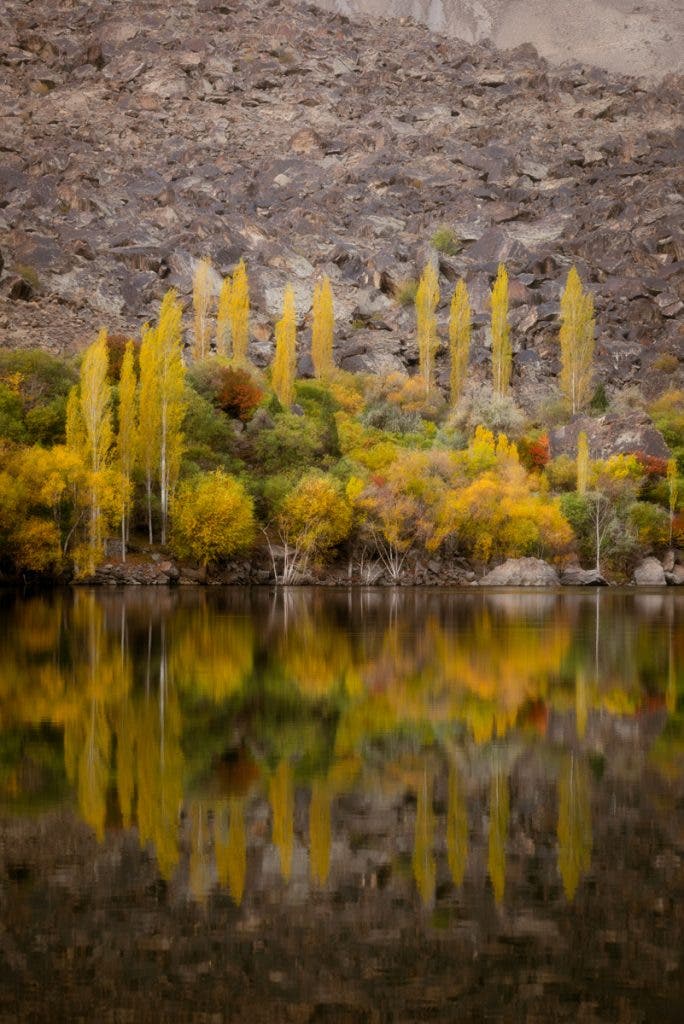
This photograph’s primary subject is the colorful trees in the northern areas of Pakistan, celebrating the season’s vibrant colors in the almost perfect reflection in the lake.
This image uses a combination of compositional anchors:
Distinct Shapes: The vertical lines of the tall, slender trees stand out against the more varied shapes of the other foliage and the grey rock face.
Color Contrast: Their vibrant yellow color provides a striking contrast against the neutral tones of the mountain and immediately draws the eye.
Symmetry/Pattern: The mirrored image creates a strong, visually compelling symmetrical pattern. The human eye loves symmetry.
The Role of Technical Camera Skills in Creating Anchors:
It might be a visual element that creates an anchor, but sometimes, a technical device or camera settings, such as a shallow depth of field or a slow shutter speed, enhance elements in your photo and allow them to become the anchor. In the image below, the slow shutter speed creates a motion blur of the waterfall, enhancing the focus on the subject: the man standing on the rock. A fast shutter speed would have shown the water in sharp detail, creating a distraction.
Man in the Waterfall: Slow Shutter Speed.
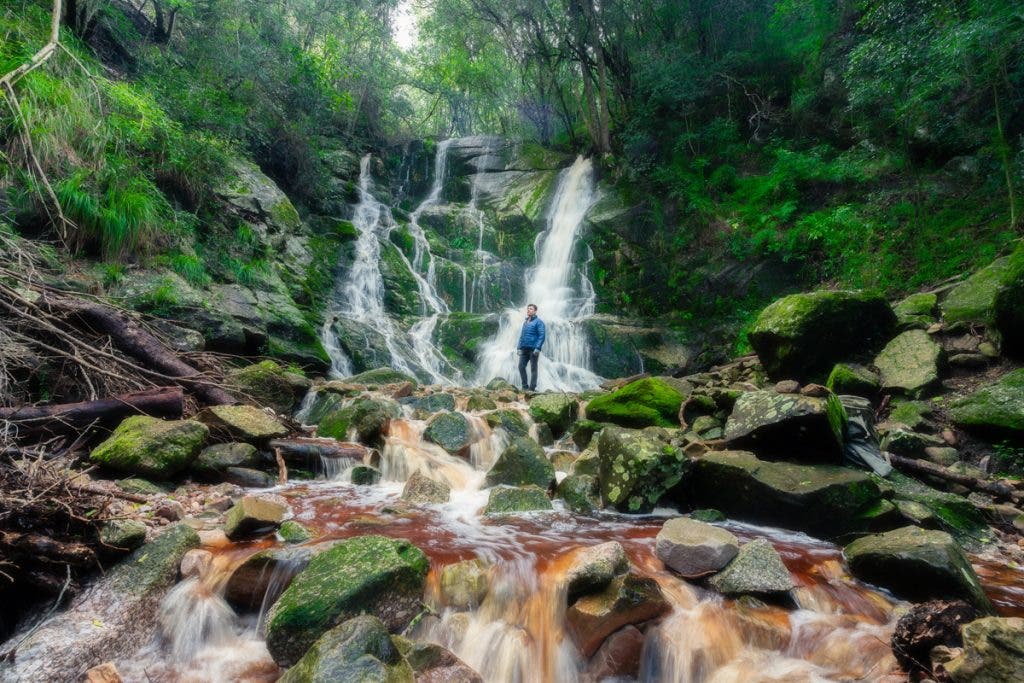
In the photo below, a long exposure was used to capture the night sky. While the person is the subject, the undeniable strong visual anchor is the Milky Way.
Anchored by the Milky Way

Conclusion
Too many competing elements can create visual chaos. Often, a single strong anchor is sufficient. Understanding the compositional techniques discussed above can significantly improve your image creation. When reviewing your portfolio or planning your next shoot, consider the compositional anchors in your work to help them convey your message effectively.
